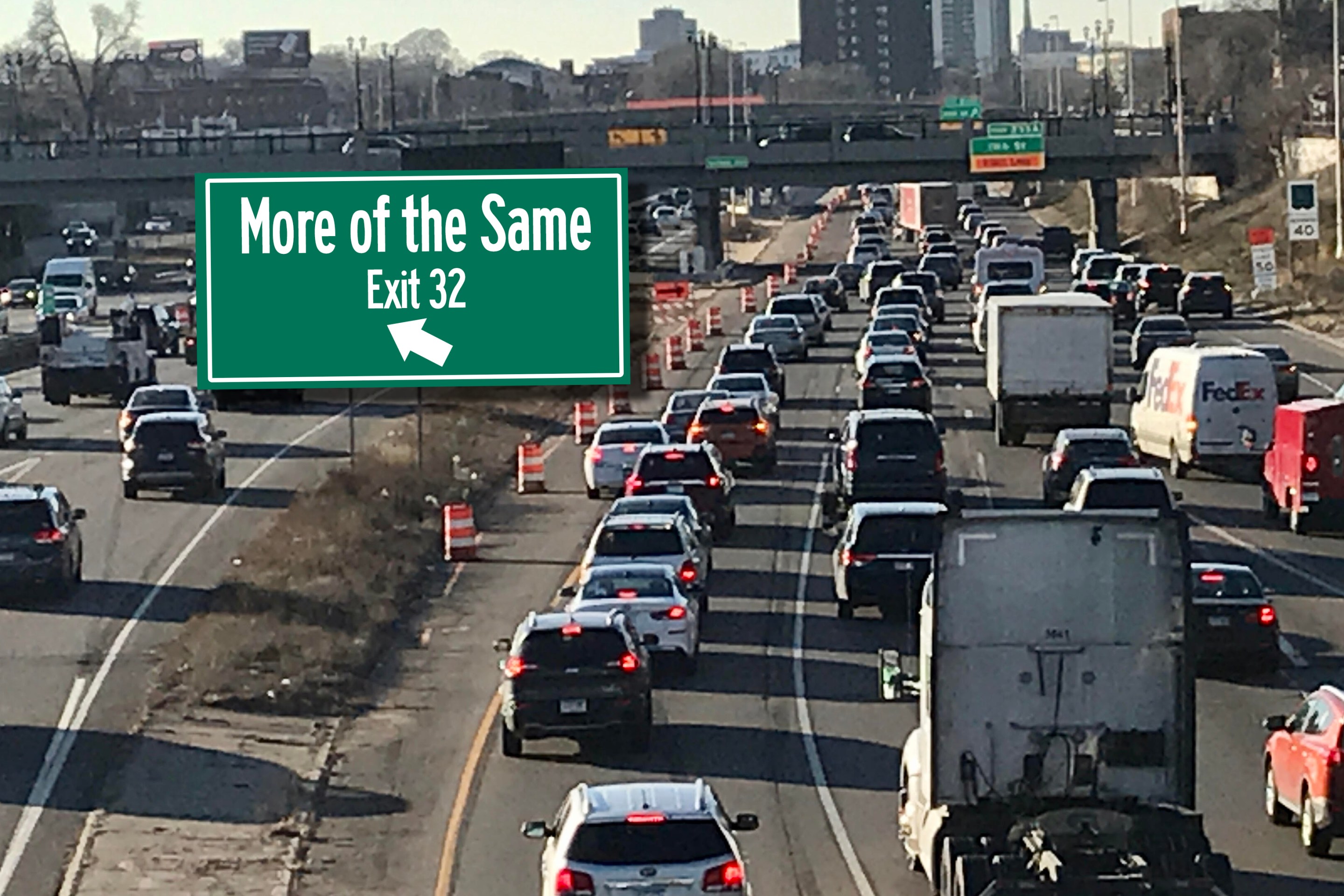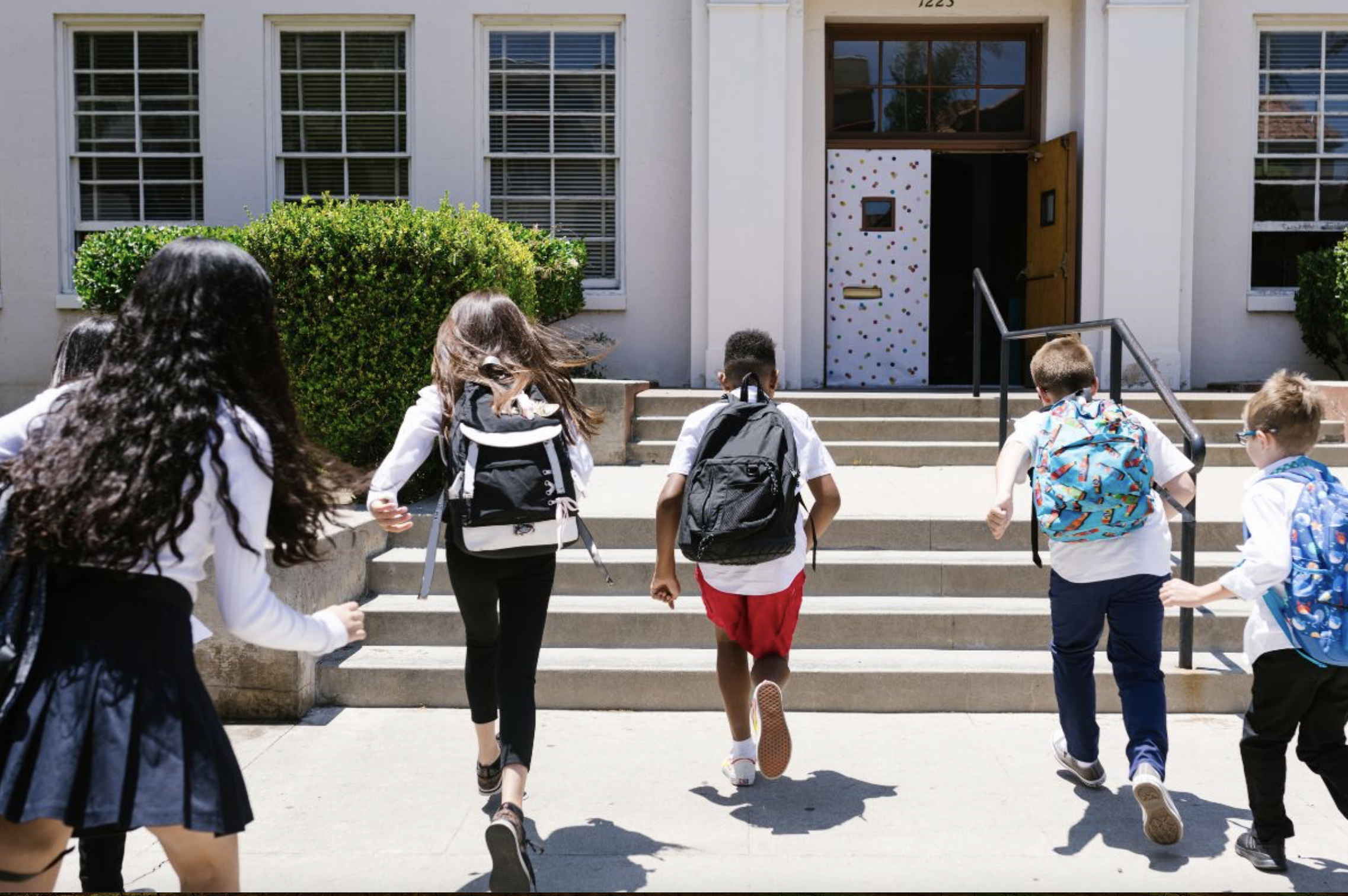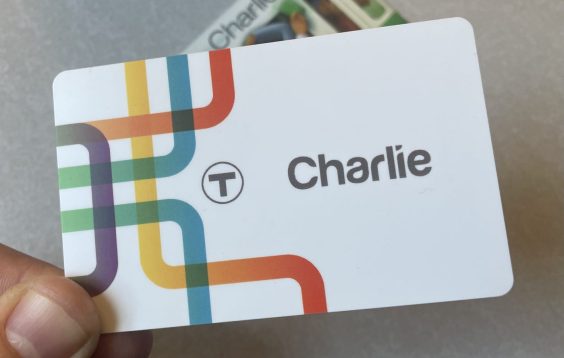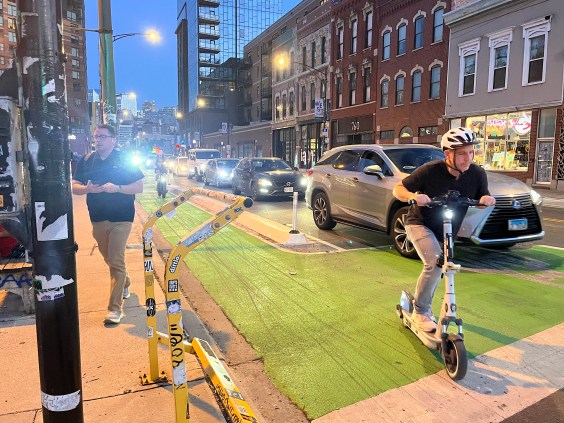
In a piece from the March issue of Outside Magazine that seems especially relevant today, Tim Sohn writes about public space reform in New York City. His article is accompanied by an illustration of what the future of our city could look like: complete streets with dedicated bus and bike lanes, traffic calming gardens, and sidewalks wide enough to accommodate window shoppers without slowing pedestrian traffic -- none of which would depend on Albany for approval.
Recently, a New Yorker (let's call him Tim) was forced off a sidewalk by a double-wide stroller, a large dog, and an elderly pedestrian all traveling abreast. So he shimmied between parked cars, nearly collided with a bike messenger going the wrong way up a one-way street, and walked through the exhaust-choked margin of the avenue while fantasizing about a future in which New York City's clogged streets are reconfigured in favor of pedestrians and cyclists. A pipe dream? Nope, and you can thank advocacy/watchdog group Transportation Alternatives. New York is a walker's city, but its streets, which represent 85 percent of its public space, are monopolized by the fume-spewing, driving minority.
"For so many years, the streets have just been for cars, like NASCAR speedways," says Paul Steely White, TA's executive director. "We're trying to reclaim the city for the people." How? Well, thanks in part to TA's dogged pursuit of transportation reform, the city recently took a major step forward by retaining the services of the godfather of anti-automobile urbanism: Copenhagen-based urban designer Jan Gehl, whose Gehl Architects has helped draft plans for Stockholm, Melbourne, and, most famously, London. Gehl is now in the midst of an American invasion, having signed on to consult not only for New York but for Seattle and, possibly, San Francisco. The first step, he says, is getting people to think anew about urban life. "We can talk about it in terms of ingrown habits," he says. "Many people don't ask for changes because they don't know that changes are possible. "But NYC's hiring of Gehl's team is indicative of a general upsurge in both awareness of the need for change and the city's willingness to take action."
In April 2007, Mayor Michael Bloomberg unveiled PlaNYC 2030, an ambitious 127-point strategy for the greening of the city, including ample transportation and public-space reforms. Already, pilot projects have been implemented all over New York to show people what the near future might look like: new painted, protected bike lanes on Ninth Avenue; dedicated bus lanes in Midtown; countdown signals at crosswalks; HOV/bus lanes on the Manhattan Bridge; landscaped pedestrian islands in Brooklyn's Grand Army Plaza; a lot more bike racks. And even Bloomberg's controversial proposal for a London-style congestion charge ($8 to drive into Manhattan) has its supporters. According to White, "A year ago, congestion pricing was impossible, all this other stuff was impossible, but now it's a very fluid situation, and that's exciting." Gehl sees progress, too. "In New York, they are beginning to ask the right questions," he says. "What do we have cities for? Is it for getting from A to B or is it for developing the culture?" In his estimation, New Yorkers already know the answer: "The 21st-century lifestyle has arrived in New York, but, apart from the great parks, the spaces have not been developed to accommodate it. Yet."
A PDF (4.8 MB) of the illustration can be downloaded here





